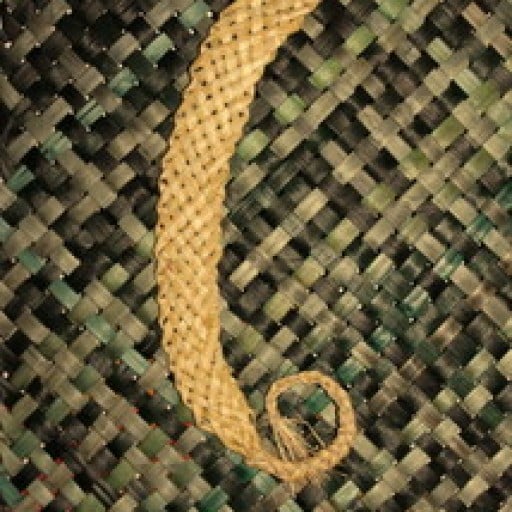Location of Driftwood and Sand 24-28 January 2018
This year’s Driftwood and Sand beach sculpture event was a little different. There was no beach at high tide so sculptures needed to be built on the rock wall or on the grass at the top of it. There were however lots of interesting large pieces driftwood already on the wall.
My Driftwood and Sand entries
I created two entries, and of course they involved my passion, harakeke (NZ flax).

“Sea Anemone”
“Sea Anemone” began life as a two dimensional woven piece from a whiri (plait). As it grew I decided to join the whiri and create a large woven tube resulting in a finished work inspired by sea anemones. The body was approximately 55cm x 75cm x 75cm tall excluding the spikes

“Sea Anemone” 
Looking down into “Sea Anemone”

“Coral”
Then I saw a wonderful piece of driftwood on the wall which I contemplated getting onto the grass area but because of its size, just stood it up where it was lying. Access was not the easiest over the rocks. It was an interesting piece in its own right but I wanted to extend the various broken limbs off the trunk with seven woven harakeke tubes about 1.4m long.
After about 24 hours of weaving on the beach over three days in the unusually hot dry summer weather, “Coral” emerged. It won the award for “Most Natural” sculpture.

A wonderful environment to create in 
“Coral” 
Cyclone Fehi on its way
The event concluded on the Sunday with warnings of the tail end of Cyclone Fehi coming our way. I decided to remove both sculptures on Wednesday afternoon. A wise move as by midday the following day, the huge seas and very strong winds coinciding with a king tide had created havoc on the beach and destroyed most of the sculptures. Some remained largely intact but were later found some distance from where they had been.
Beach sculpture in my garden
“Coral” was then installed in my garden while a modified “Sea Anemone” was placed outside the Hokitika Craft Gallery.

“Coral” in my garden… 
..and after four months in the elements
The harakeke tubes gradually rotted away and returned to the earth after about ten months!

